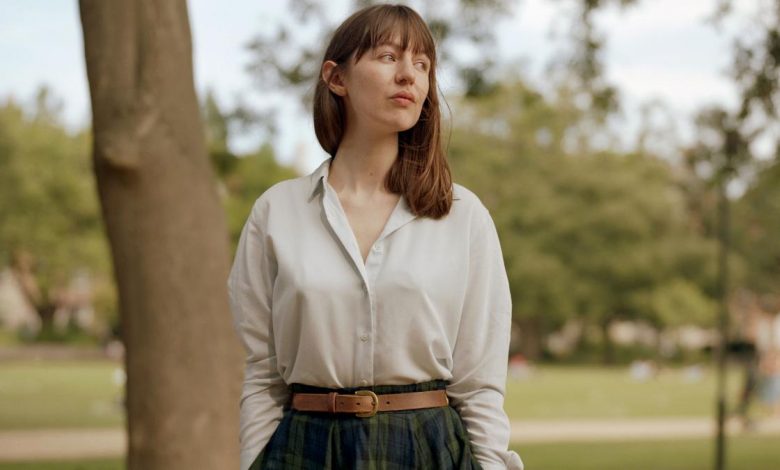In Beautiful World, Where Are You? Sally Rooney Writes of Maturity, Capitalist Existentialism, and Meaning for Millennials

Karenna Umscheid ‘25 / Emertainment Monthly Staff Writer
Following the success of her 2018 novel Normal People, and the subsequent Hulu miniseries of the same name, Sally Rooney’s latest novel is perhaps her strongest yet. Beautiful World, Where Are You? displays maturity compared to the characters in her previous novel, but in typical Rooney fashion, the characters still reckon with the perils of coming-of-age in a dying, depressed society, while navigating relationships.
The novel is partially told through emails between Alice and Eileen, college best friends who haven’t seen each other in years. The emails are tinged with hostility and slight animosity, and the sense that they always know what’s best for one another. They gush about each other to their separate friends, yet complain about each other to the men in their respective lives. Alice and Eileen together are like twin flames in a blaze of ferocity, animosity, and pettiness. They’re toxic and beautiful, a dark friendship fit for the times.
Alice and Felix, whom she meets on Tinder, become an online-dating success story when Alice invites him to join her on a work trip to Rome. The pair gingerly dance around each other in the strangeness of the situation. Through a rather odd encounter, where Alice sees a porn website Felix had opened on his phone, they open up to the parts of themselves they are each ashamed of. They’re real and they’re rarely good people. They reveal their deepest evils to each other, strangely creating a more genuine attraction.
Simon and Eileen are a lost pair of humans linked through childhood friendship. They knew each other in adolescent innocence, watched each other from afar, and reconnected with a bit more maturity yet still confusion and insecurity. They watch each other go through different relationships, underpinned by Eileen’s jealous longing for Simon. Simon was the only person nice to Eileen in her adolescence, especially considering her angry older sister whom she still spars with. Tinged with jealousy and awkward longing, Simon and Eileen’s story is the rawest and most romantic Sally Rooney has written to date.
The broken nature of each character feels like validation for the current generation: hopelessly lost in their careers, making regrettable choices, and frequently talking negatively about each other. The characters are inextricably flawed in ways that harm their relationships with others, yet they are not villainized for it. Sally Rooney’s characters are always flawed: they treat those closest to them unethically, but they are never irredeemably bad people even as they do things that readers won’t always relate to. They never become fully perfect, and they never need to be.
Beautiful World, Where Are You? is not a mirror to society, but its reflection in a lake. It is dark, muddled, and makes the reader question whether they are actually looking at themselves, whether they seem themselves as good and ethical, or more wrought and bad. But they are, and people relate to each character in a mosaic of existentialism, nihilism, communism, and pure humanity. People inevitably look for the worst in others and in society, as does each character in the novel. They expect the worst in each other, and in their emails to one another, Alice and Eileen dissect society with contempt.
Sally Rooney has a way of making readers believe in love, even when the characters are deeply messed up and are often emotionally harmful to each other. There’s a section from Eileen’s perspective filled with romantic and heartfelt flashbacks of her relationship with Simon, it’s incredibly touching, and an important reminder of the genuine nature between them, despite the issues they face. Though Rooney’s novels are not roller coasters of plot, they maintain their popularity and intrigue for the resonance she creates. Readers see their own flaws, desires, and humanities showcased in her characters. They are relatable in their pretentiousness, their toxicity, and their anti-capitalist beliefs. Her writing is delightful and tastefully seductive yet existentially depressing, a stark balance only she can successfully maintain.
The world is more bad than good—in the oppressive societal structures, in the way people treat others they care about, in the intentional harm people place on others, in the way our natural environment is deteriorating. Alice, Eileen, Simon, and Felix are all lost, confused, and in existential turmoil. These characters live in the same society as readers, and search for meaning in a world that crushes art. But society is conscious, and people can be forgiving. And though people don’t often change, humanity is content in its misery, together.